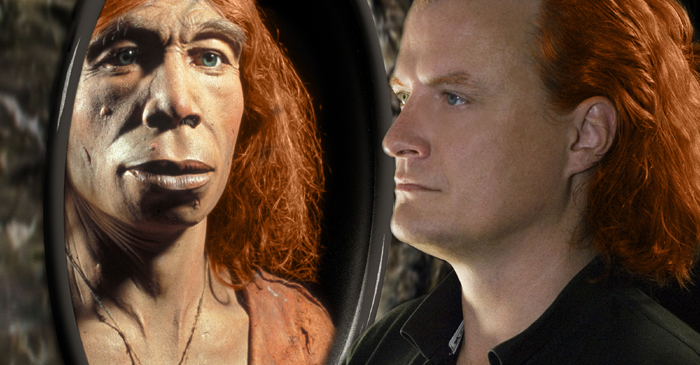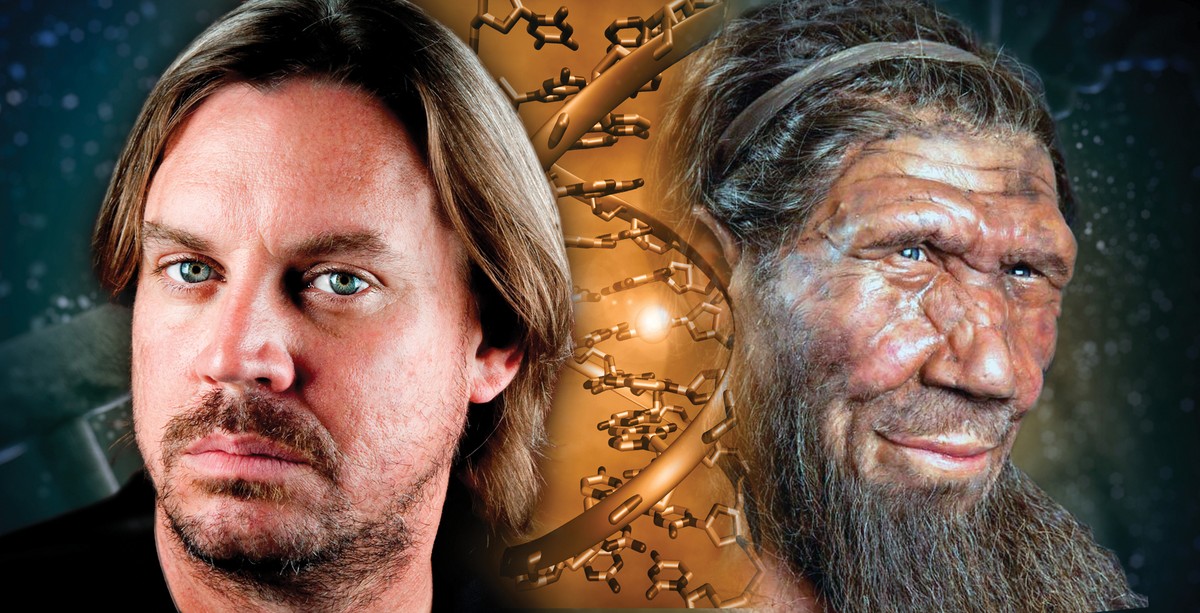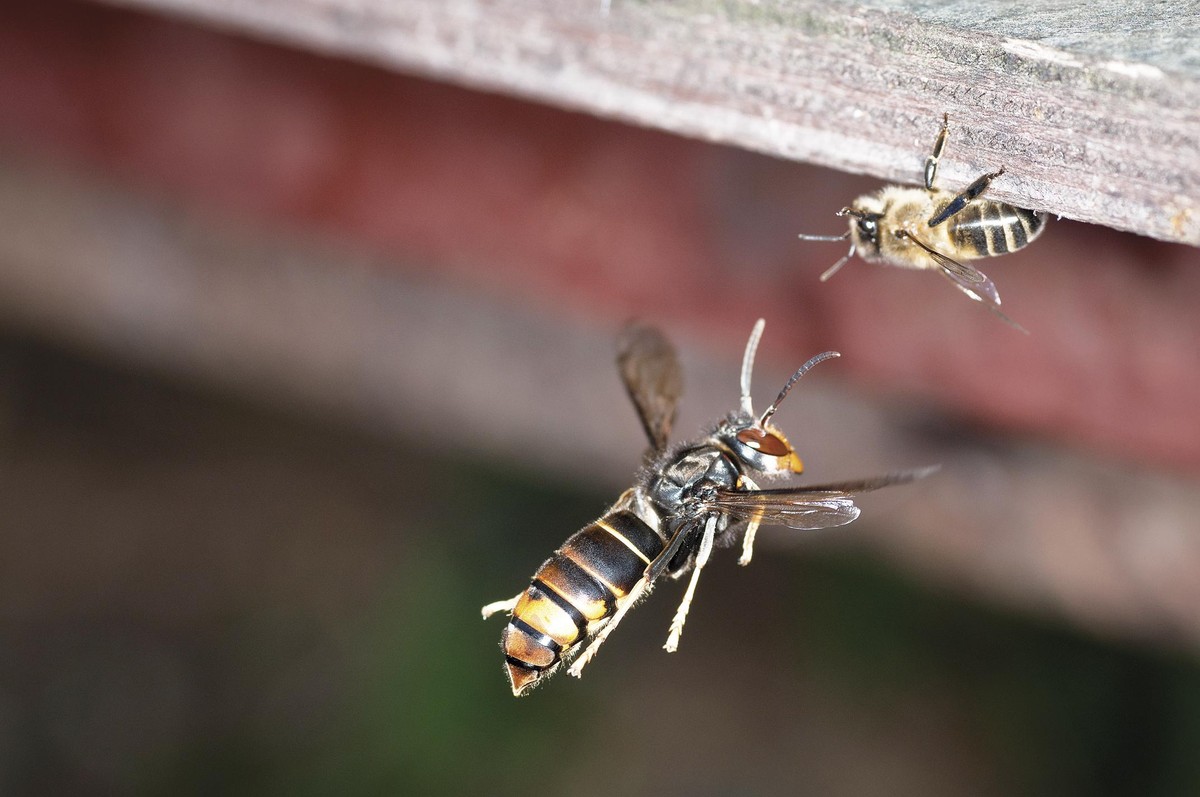Pulling the footprints of the Neanderthals in our genome
2014/01/29 Galarraga Aiestaran, Ana - Elhuyar Zientzia Iturria: Elhuyar aldizkaria
 400
400
Researchers from several centers of Harvard University and Max Planck are the authors of the article published in Natura: “Genomic landscape of Neanderthal origin in contemporary humans”, more or less (The genomic landscape of Neanderthal ancestry in present-day humans). That of Science, for its part, has been made by genetics from the University of Washington and has a striking title: Resurrecting surviving Neanderthal lines from the genomes of modern humans” (Resurrecting surviving Neandertal lineages from modern human genomes).
In fact, the Neanderthal and the members of our species have sought in our genome traces of having crossed. For this purpose, they have been based on the comparison of several genomes. The genetic of the UPV, Asier Fullaondo, has considered the methodology used “very interesting”. “In these investigations the Neanderthal genome has not been neglected and has not focused on it. On the contrary, they have started from genomes already sequenced and, together with the Neanderthals, have taken into account some current ethnicities and human genomes of origin. Somehow, they have used forensic genomics and have established a series of criteria to know what are the Neanderthal sequences in the genome of the current man.”
Footprint on the skin
According to Fullaondo, the establishment of these criteria “is not banal”. In fact, the genomes of the present African, East and European populations have been compared, assuming that the genetic varieties common to East Asians and Europeans and to Africans who do not have them are of Neanderthal origin. “That always has a danger: it doesn’t have to be this way. But methodologically, and although each one has used his system, it seems to me that they have made an interesting contribution.”
There are also innovations in the results. For example, they affirm that Africans have no remnants of Neanderthals, while in the genome of Europeans approximately 1% of the information inherited from Neanderthals is somewhat greater in Eastern Asians. In addition, they explained that hybridization was more than once to leave that inheritance. Fullaondo warns that they have not said what measure was hybridization, but, in his opinion, “hybridization should be quite broad because otherwise they would not leave such a mark on our genome.”
This footprint, however, is not equally distributed throughout the genome. In contrast, in some areas it is much more evident than in others, and especially in areas related to skin and hair. According to Fullaondo, “that means these genes have an adaptive advantage.” Along with this, it has been confirmed that some genetic variants related to diseases in our species are also of Neanderthal origin. “It is known that some typical diseases of our country are very rare in Africa, but there are also other factors, such as life expectancy, so it cannot be said that this difference is due to genetics. However, it seems that, to some extent, gene variations also influence the resistance of Africans to certain diseases.”
Genes excluded
In both investigations, not only the genes that have survived but also those that have been lost have been mentioned. In fact, it is known that when two species are crossed, in the genome of the offspring predominate the genes of one of them, to the detriment of the others. The same thing has happened in the current human being, and throughout evolution they have been losing Neanderthal genes. According to Nature's article, this loss appears to be lower among Asians than among Europeans, since Eastern Asian populations were lower than Europeans (which explains why they have a higher percentage of Neanderthal genes than Europeans).
However, Fullaondo has focused on something else: “In the Science article it is explained that in the long arm of the 7th chromosome there is a region without any genus of Neanderthal origin. And there is the speech related FOXP2 gene. That is, the Neanderthal variant of this gene has been lost. Therefore, it seems to have had a negative selection."
In both articles there are other interesting results. For example, it has been observed that males after hybrids had difficulties to reproduce, which can also serve to investigate current fertility problems.Undoubtedly, the new research comes from the path opened by both works.

Gai honi buruzko eduki gehiago
Elhuyarrek garatutako teknologia





